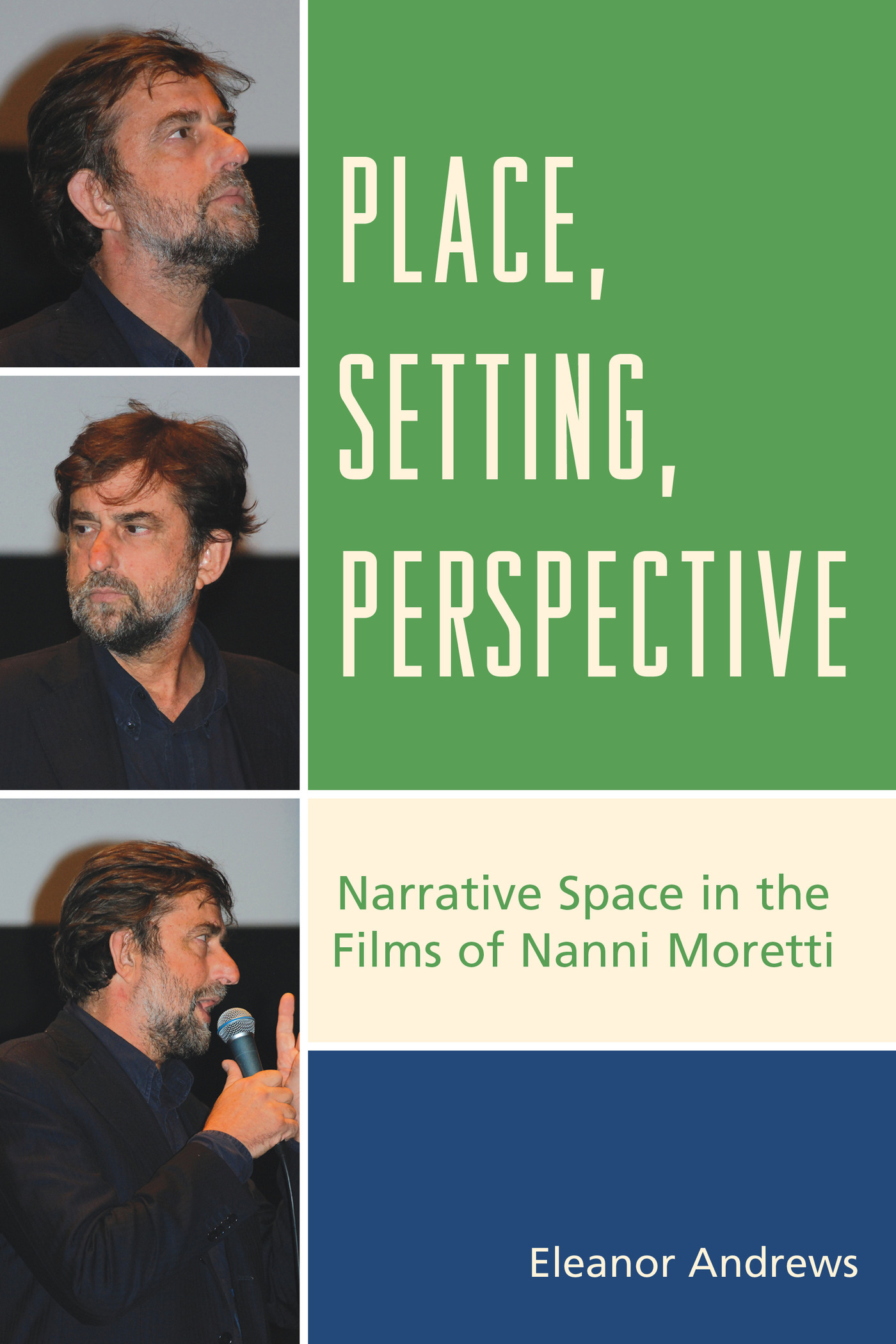Place, Setting, Perspective
The Fairleigh Dickinson University Press
Series in Italian Studies
General Editor: Dr. Anthony Julian Tamburri, Dean of the John D. Calandra
Italian American Institute
The Fairleigh Dickinson University Press Series in Italian Studies is devoted to the publication of scholarly works on Italian literature, film, history, biography, art, and culture, as well as on intercultural connections, such as Italian-American Studies.
Recent Publications in Italian Studies
Sambuco, Patrizia, Italian Women Writers, 18002000: Boundaries, Borders, and Transgression (2015)
Andrews, Eleanor, Place, Setting, Perspective: Narrative Space in the Films of Nanni Moretti (2014)
Tamburri, Anthony Julian, Re-reading Italian Americana: Specificities and Generalities on Literature and Criticism (2013)
Parati, Graziella, New Perspectives in Italian Cultural StudiesVolume 2: The Arts and History (2012)
Pezzotti, Barbara, The Importance of Place in Contemporary Italian Crime Fiction (2012)
Aliano, David, Mussolini's National Project in Argentina (2012)
Parati, Graziella, New Perspectives in Italian Cultural StudiesVolume 1: Definition, Theory, and Accented Practices (2012)
Smith, Shirley Ann, Imperial Designs: Italians in China, 19001947 (2012)
Rosengarten, Frank, Giacomo Leopardis Search for a Common Life through Poetry: A Different Nobility, a Different Love (2012)
Baliani, Marco (au.), Nicoletta Marini-Maio, Ellen Nerenberg, Thomas Simpson (trans. and eds.), Body of State: A Nation Divided (2012)
Ducci, Lucia, George P. Marsh Correspondence: Images of Italy, 18611881 (2012)
Godey, Amber R., Sister Souls: The Power of Personal Narrative in the Poetic Works of Antonia Pozzi and Vittorio Sereni (2011)
Verdicchio, Pasquale, Looters, Photographers, and Thieves: Aspects of Italian Photographic Culture in the Nineteenth and Twentieth Centuries (2011)
Parati, Graziella and Anthony Julian Tamburri (eds.), The Cultures of Italian Migration (2011)
Trubiano, Marisa S., Ennio Flaiano and His Italy: Postcards from a Changing World (2010)
Halliday, Iain, Huck Finn in Italian, Pinocchio in English: Theory and Praxis of Literary Translation (2009)
Serra, Ilaria, The Imagined Immigrant: The Images of Italian Emigration to the United States between 1890 and 1924 (2009)
Lucamante, Stefania (ed.), Italy and the Bourgeoisie: The Re-Thinking of a Class (2009)
Van Order, Thomas, Listening to Fellini: Music and Meaning in Black and White (2008)
Billiani, Francesca, and Gigliola Sulis, The Italian Gothic and Fantastic: Encounters and Rewritings of Narrative Traditions (2008)
Parati, Graziella, and Marie Orton (eds.), Multicultural Literature in Contemporary Italy, Volume 1 (2007)
Orton, Marie, and Graziella Parati (eds.), Multicultural Literature in Contemporary Italy (2007)
Scambray, Ken, Queen Calafias Paradise: California and the Italian-American Novel (2007)
On the Web at http://www.fdu.edu/fdupress
Place, Setting, Perspective
Narrative Space in the
Films of Nanni Moretti
Eleanor Andrews

FAIRLEIGH DICKINSON UNIVERSITY PRESS
Madison Teaneck
Published by Fairleigh Dickinson University Press
Copublished by The Rowman & Littlefield Publishing Group, Inc.
4501 Forbes Boulevard, Suite 200, Lanham, Maryland 20706
www.rowman.com
Unit A, Whitacre Mews, 26-34 Stannary Street, London SE11 4AB
Copyright 2014 by Eleanor Andrews
All rights reserved. No part of this book may be reproduced in any form or by any electronic or mechanical means, including information storage and retrieval systems, without written permission from the publisher, except by a reviewer who may quote passages in a review.
British Library Cataloguing in Publication Information Available
Library of Congress Cataloging-in-Publication Data
Andrews, Eleanor, 1953
Place, setting, perspective : narrative space in the films of Nanni Moretti / Eleanor Andrews.
pages cm
Includes bibliographical references and index.
ISBN 978-1-61147-690-3 (cloth : alk. paper) -- ISBN 978-1-61147-691-0 (electronic)
1. Moretti, Nanni--Criticism and interpretation. I. Title.
PN1998.3.M67A53 2014
791.43023'3092--dc23
2014023446
 TM The paper used in this publication meets the minimum requirements of American National Standard for Information Sciences Permanence of Paper for Printed Library Materials, ANSI/NISO Z39.48-1992.
TM The paper used in this publication meets the minimum requirements of American National Standard for Information Sciences Permanence of Paper for Printed Library Materials, ANSI/NISO Z39.48-1992.
Printed in the United States of America
To my dear parents, Rhoda and George Whitcombe,
who always believed in me
List of Figures
Acknowledgments
I would like to thank Stella Hockenhull, Ken Page, Fran Pheasant-Kelly, Pritpal Sembi, and Barbara Crowther, my good friends and colleagues in the film studies section at the University of Wolverhampton, UK, for all their help over the years and for reading various sections of the book in draft form. I am grateful to Glyn Hambrook, who has given me invaluable advice on the work, and to Gaby Steinke for her many useful suggestions and for taking the pressure off my teaching and marking load in recent years while I was writing. Thanks also go to other colleagues at the University of Wolverhampton: Paul Brighton, Gerry Carlin, Mark Jones, and Jackie Pieterick for proofreading drafts of chapters. I would like to acknowledge the huge amount of help given to me during my research by Pamela Morris and the staff of the Harrison Learning Centre at the University of Wolverhampton, who never failed to obtain whatever texts I required.
At the University of Reading I would like to thank Christopher Wagstaff for sharing his extensive knowledge and expertise on Italian cinema with me and for his perceptive comments and critique. Gratitude is also owed to many other friends, including Wendy Stirling, who have given me constant encouragement and have believed that I would eventually complete this project.
In addition, I would like to thank Harry Keyishian at Fairleigh Dickinson University Press and Brooke Bures of Rowman & Littlefield for their support, and for answering my many queries.
Last, but not least, I am indebted to my family: my husband, Alec Andrews, for his tolerance and air of baffled curiosity over the many long years of this work, when I seemed to spend more time in the company of Signor Moretti then I did with him, and my sons Alex Andrews and John Andrews, who have dealt patiently with my fluctuating moods of joy and despair.
Clarification
For the purpose of clarity, the name Moretti will be used to refer to the author, filmmaker, and actor, Nanni Moretti, while Nanni will be used to identify the character that is the fictionalized version of Moretti appearing in Dear Diary, April, and The Caiman. In this book, Place, Setting, and Perspective have very specific meanings, whereas the terms location, site, locus, area, situation, surroundings, scenery, venue, and locale are all used in a much more generalized way. All quotes from the films are verbatim rather than from the screenplay. All translations are the authors own, unless otherwise stated. The titles of Morettis films are given below in English. A detailed filmography follows the text of this book.

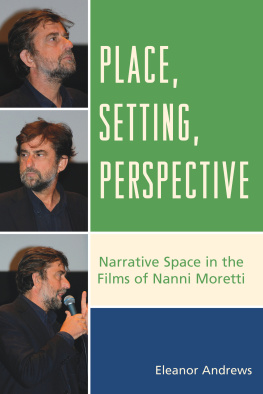

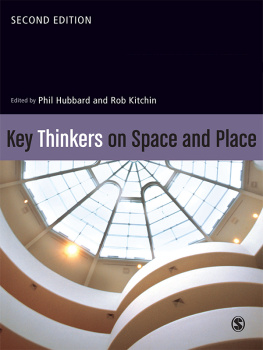
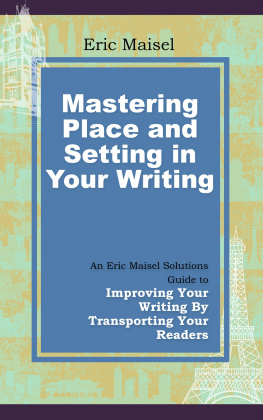
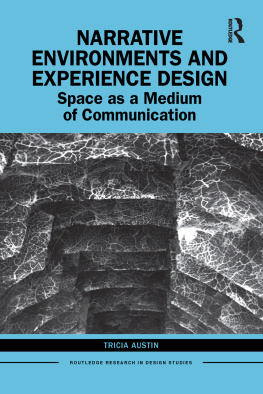
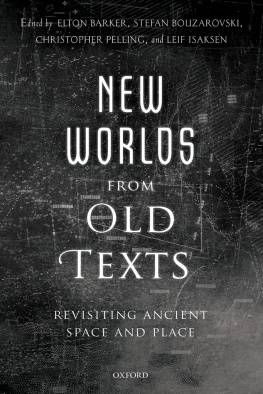
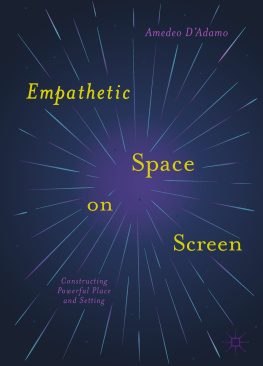
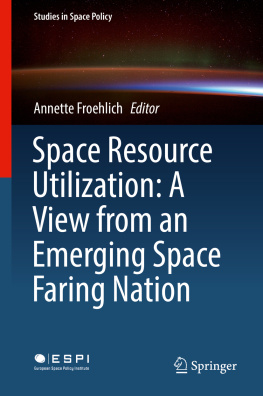
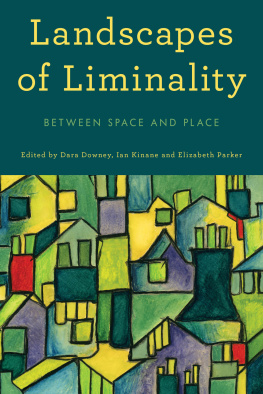
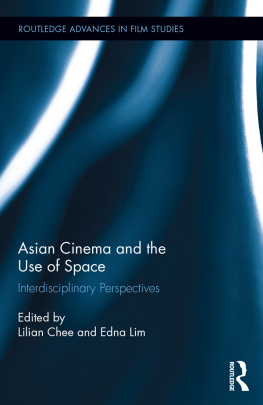

 TM The paper used in this publication meets the minimum requirements of American National Standard for Information Sciences Permanence of Paper for Printed Library Materials, ANSI/NISO Z39.48-1992.
TM The paper used in this publication meets the minimum requirements of American National Standard for Information Sciences Permanence of Paper for Printed Library Materials, ANSI/NISO Z39.48-1992.